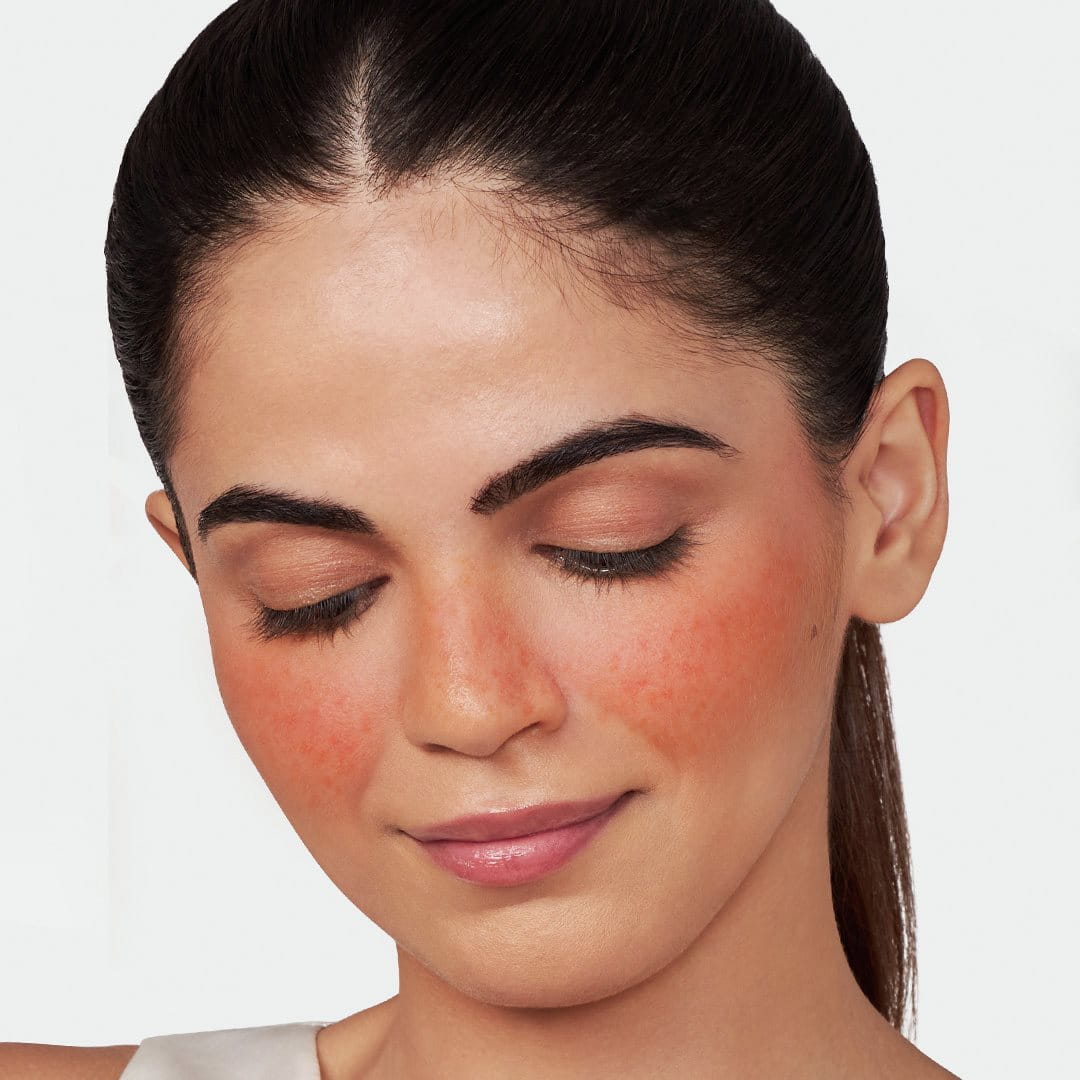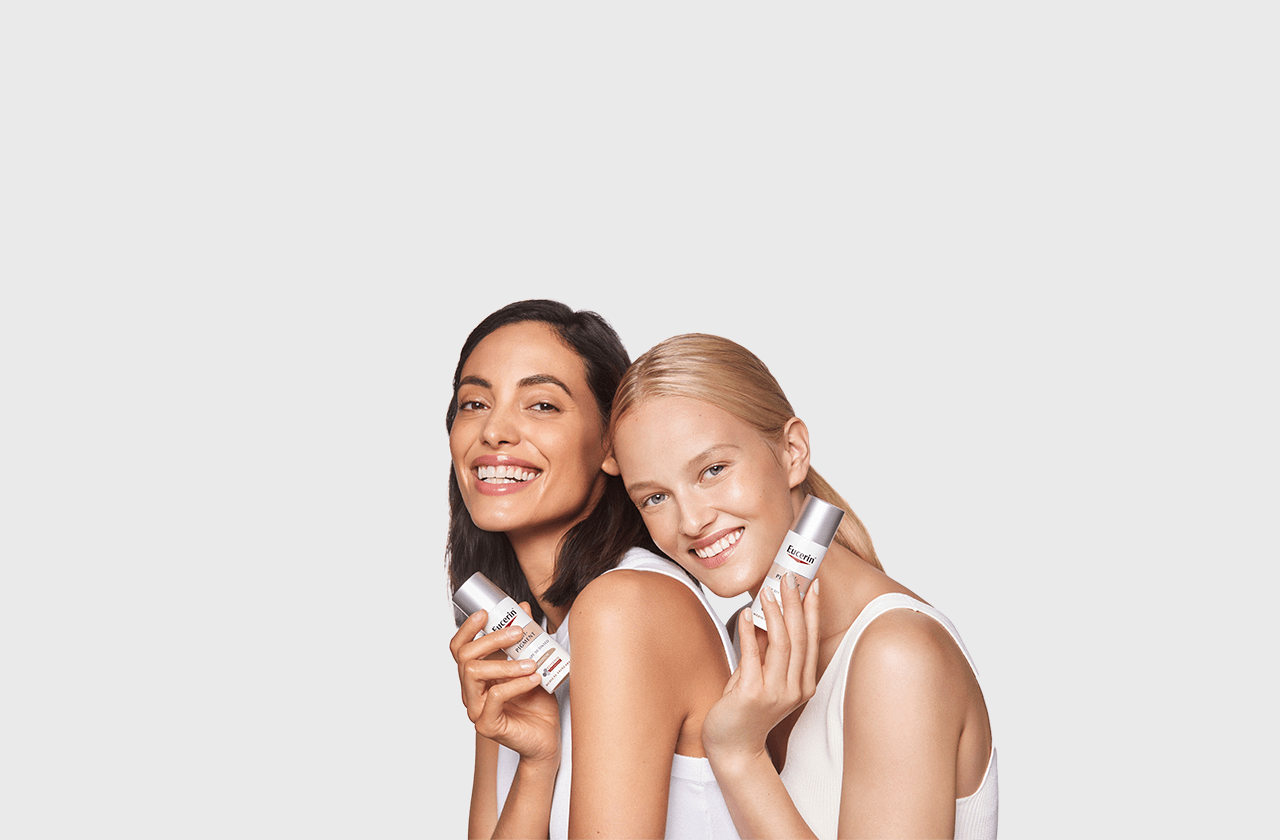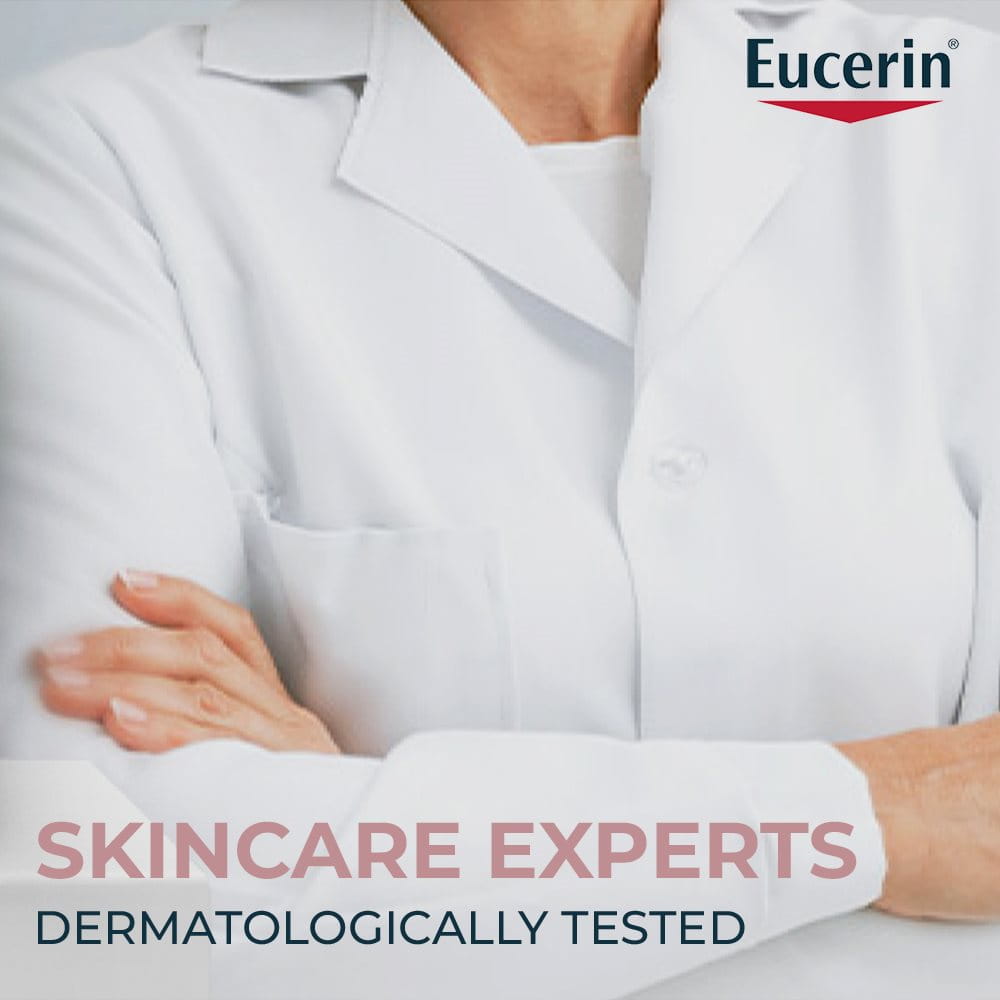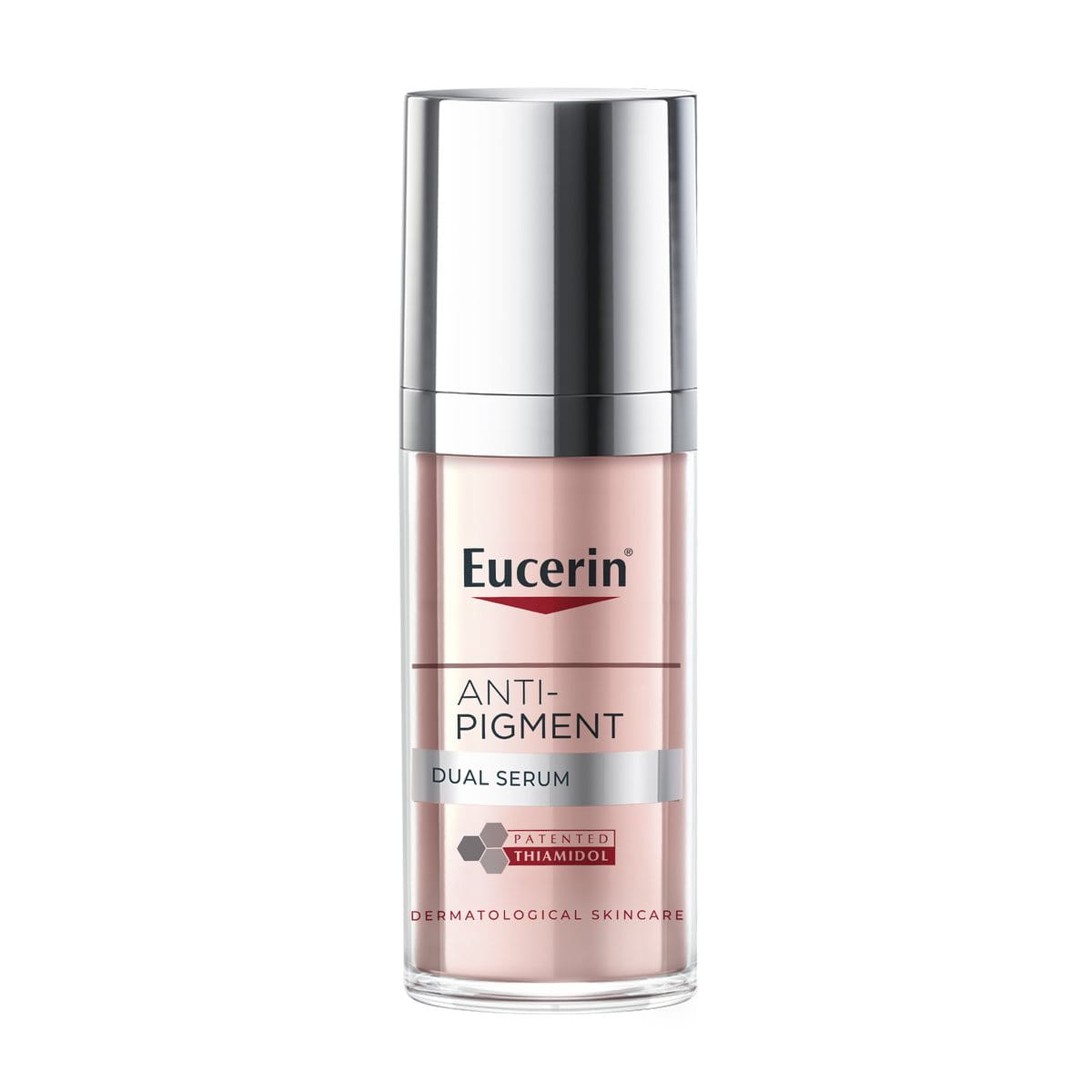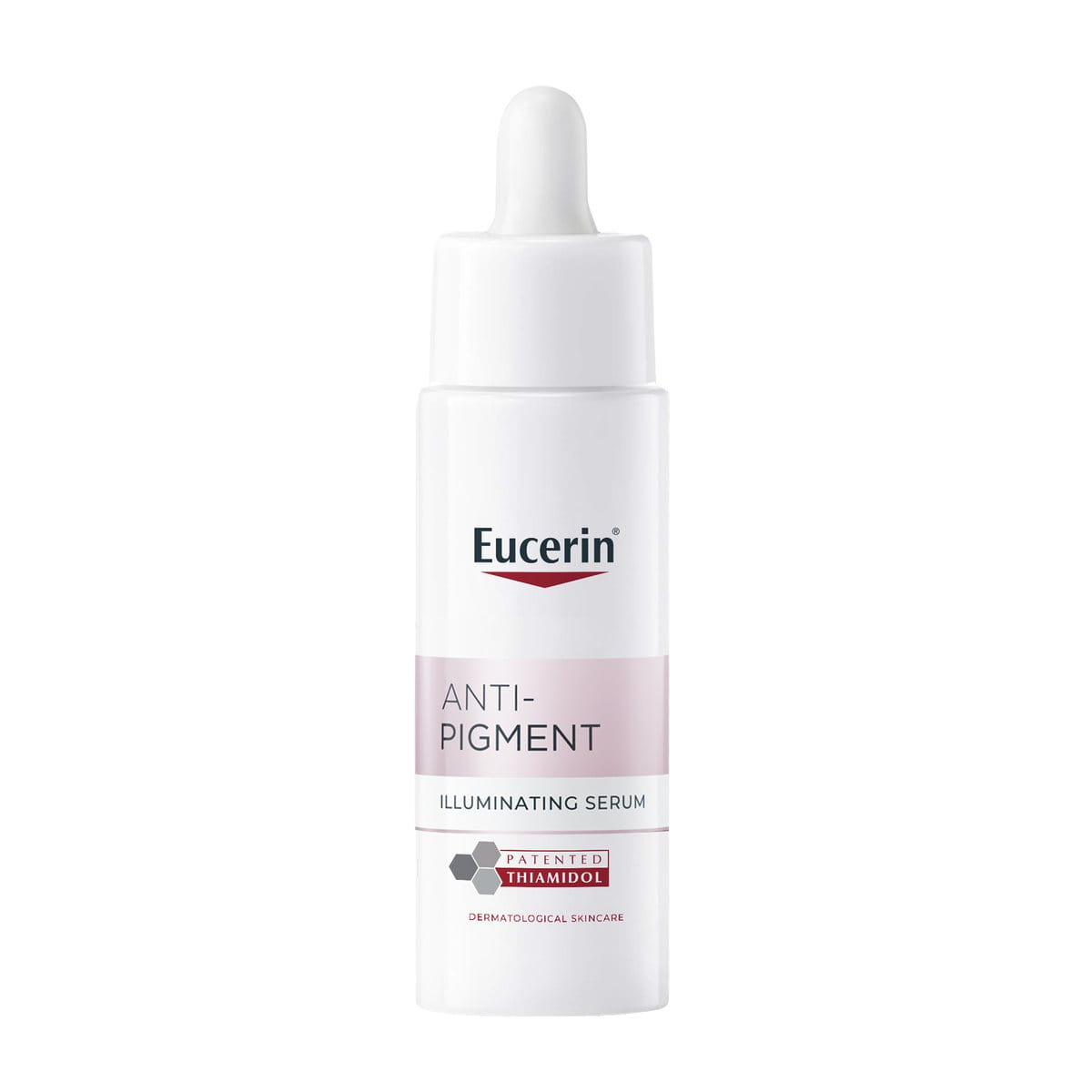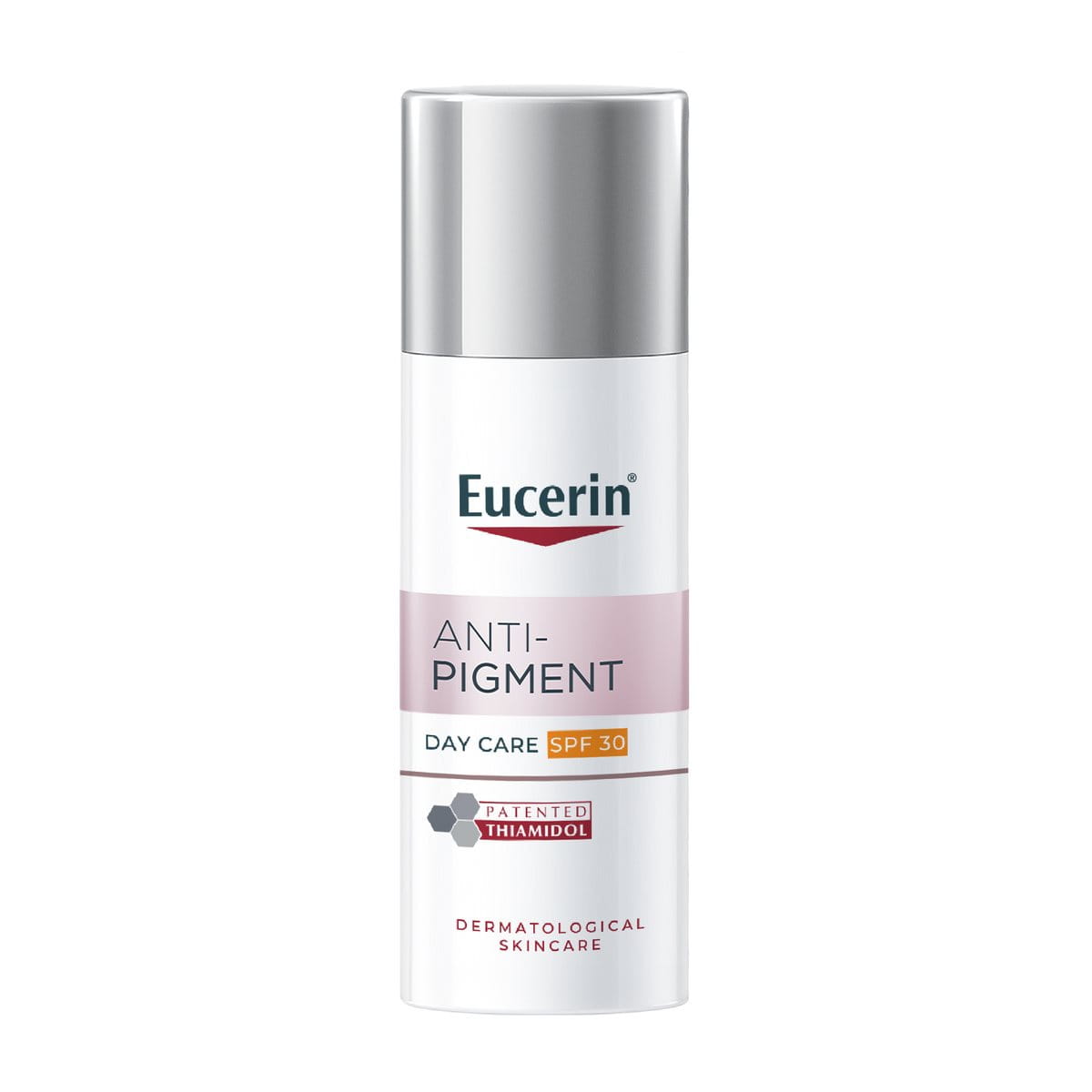Heat rashes can be painful, troublesome, and can take a toll on your appearance; however, it’s still difficult to ascertain when you have a heat rash on the face. Before your rash turns too painful to handle, dive in and understand what are heat bumps on face and how to treat face rashes.
Keynotes:
- Heat rash on the face, miliaria or prickly heat, occurs when sweat gets trapped in clogged pores, leading to red, itchy bumps.
- Face rashes due to hear are common in hot, humid conditions.
- Try cool compresses, gentle skincare, and avoid heavy, pore-clogging products as a cure for heat rash on face.
- Prevent the rashes by staying cool, using non-comedogenic skincare, and wearing breathable makeup.

